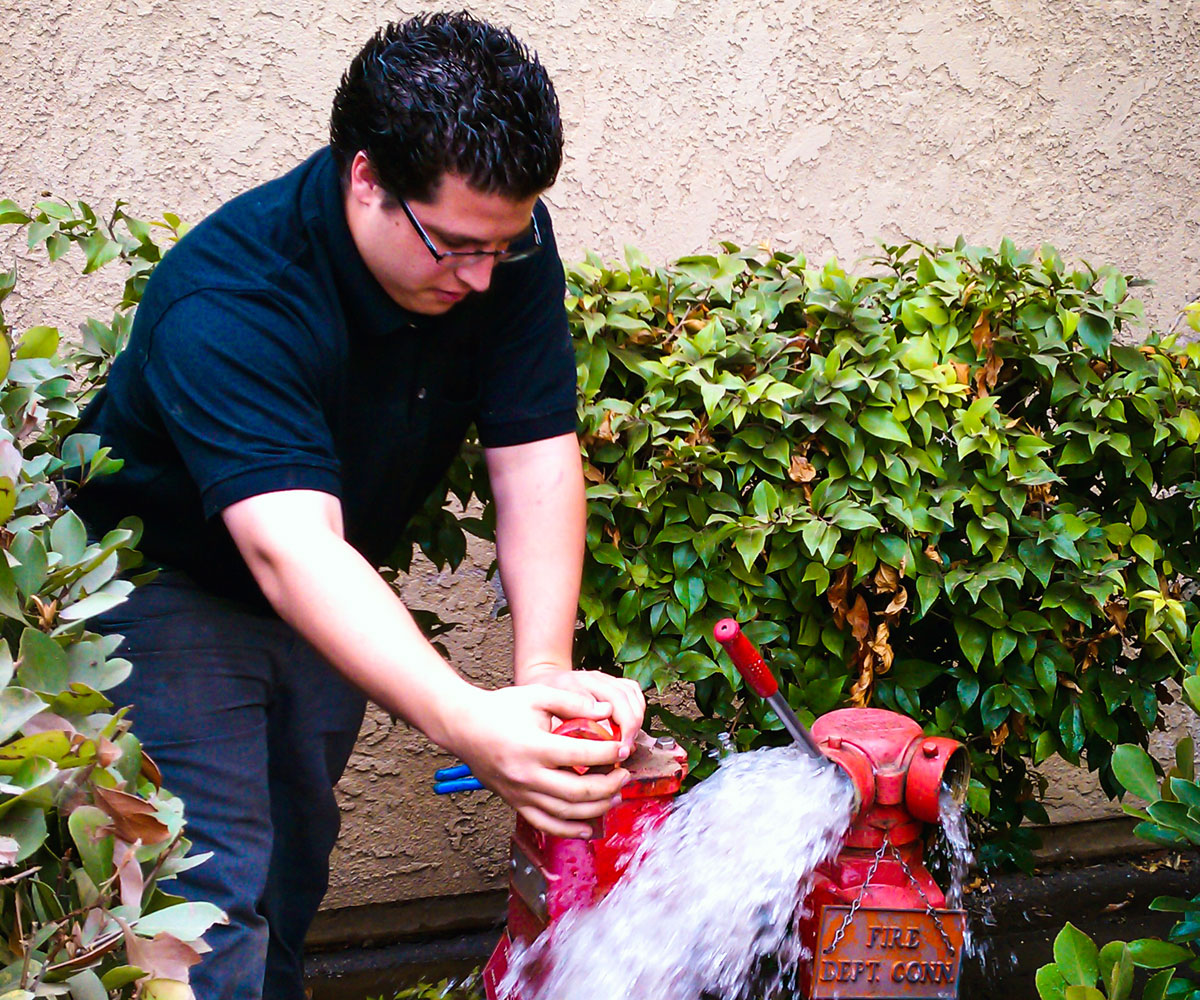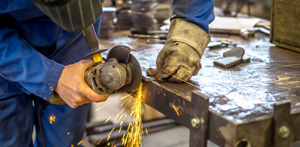Underground Fire System Installation & Repair Service
At Hydrant Flow, we specialize in Underground Fire System Installation and Repair Services, delivering code-compliant, high-performance solutions that protect lives, property, and peace of mind. Whether you’re building a new structure or maintaining an existing fire protection network, our team is equipped to handle everything from underground blow-outs to gate valve repairs—all with unmatched precision and efficiency.
New Underground Fire Protection Service
When it comes to fire protection, reliability starts underground. Our experts design and install new underground fire protection systems that comply with NFPA standards and local fire codes. From pipe trenching to backflow prevention and hydrant installation, we ensure a seamless integration of all underground components—built to last, tested for safety.
We coordinate with architects, engineers, general contractors, and AHJs to deliver fire system installations that pass inspection the first time.
Underground Blow-Out Service
Before winter hits or when draining systems is essential, underground blow-out service is critical to prevent freezing, corrosion, or stagnation. Hydrant Flow uses advanced air compressor systems to safely blow out underground lines, eliminating the risk of trapped water that could cause costly damage.
This service is especially valuable for seasonal facilities, large industrial complexes, and vacant properties.
24/7 Emergency Underground Fire System Repair
When emergencies strike, response time matters. Hydrant Flow offers 24/7 emergency underground fire system repair services to get your fire protection system back online—fast. From sudden pipe ruptures to underground leaks, our rapid-response team is equipped to locate, diagnose, and resolve underground fire system failures with minimal disruption to your property.
We prioritize life safety and compliance, ensuring your system remains in operation and up to code.
P.I.V. Repair and Underground Gate Valve Services
Control valves are a critical part of any underground fire protection system. We specialize in:
- P.I.V. (Post Indicator Valve) Repair and Replacement
- Ensure proper operation of your PIV to control water flow and meet inspection requirements.
- Underground Gate Valve Repair and Maintenance
- Corroded or stuck valves? Our team handles underground gate valve locating, excavation, and repair—restoring full function and flow control quickly and cost-effectively.
Regular maintenance of these valves is crucial to keeping your system inspection-ready and operational during an emergency.
Why Choose Hydrant Flow?
- Fully licensed and certified fire protection technicians
- Experience with industrial, commercial, and municipal systems
- GPS-based valve and hydrant mapping available
- Rapid diagnostics with minimal excavation
- Transparent pricing and detailed service reports
Hydrant Flow is your trusted partner for underground fire protection systems, from small businesses to sprawling campuses and public infrastructure. We combine technical expertise with top-tier customer service to ensure every job is completed safely, efficiently, and to the highest standard.
- Flow Pressure Testing
- Static Pressure Testing
- Annual Safety Inspections
- ISO Reporting
- Flow Pressure Testing


From the 2019 edition of NFPA 291
4.13.1 Public fire hydrants should be flow tested every 5 years to verify the capacity and marking of the hydrant.
The 2019 edition of NFPA 291: Recommended Practice for Fire Flow Testing and Marking of Hydrants (4.1.3) recommends that fire hydrants should maintain a residual pressure of 20 psi (pounds per square inch), or 1.4 bar, for effective firefighting, as well as to prevent backflow that could contaminate the public water supply.
Frequently Asked Questions

The Fire Department is able to determine proper operations of valves, visible and audible leaks, water pressure, flow of gallons per minute and ability to flush out sediment in the main. This practice not only extends the life of our water mains but improves water quality.
 Your water pressure may be reduced while hydrants in the area are flowed but will never stop. The pressure will return quickly.
Your water pressure may be reduced while hydrants in the area are flowed but will never stop. The pressure will return quickly.
 You will receive for each hydrant and a duplicate written inspection report will be submitted to the fire marshal.
You will receive for each hydrant and a duplicate written inspection report will be submitted to the fire marshal.

